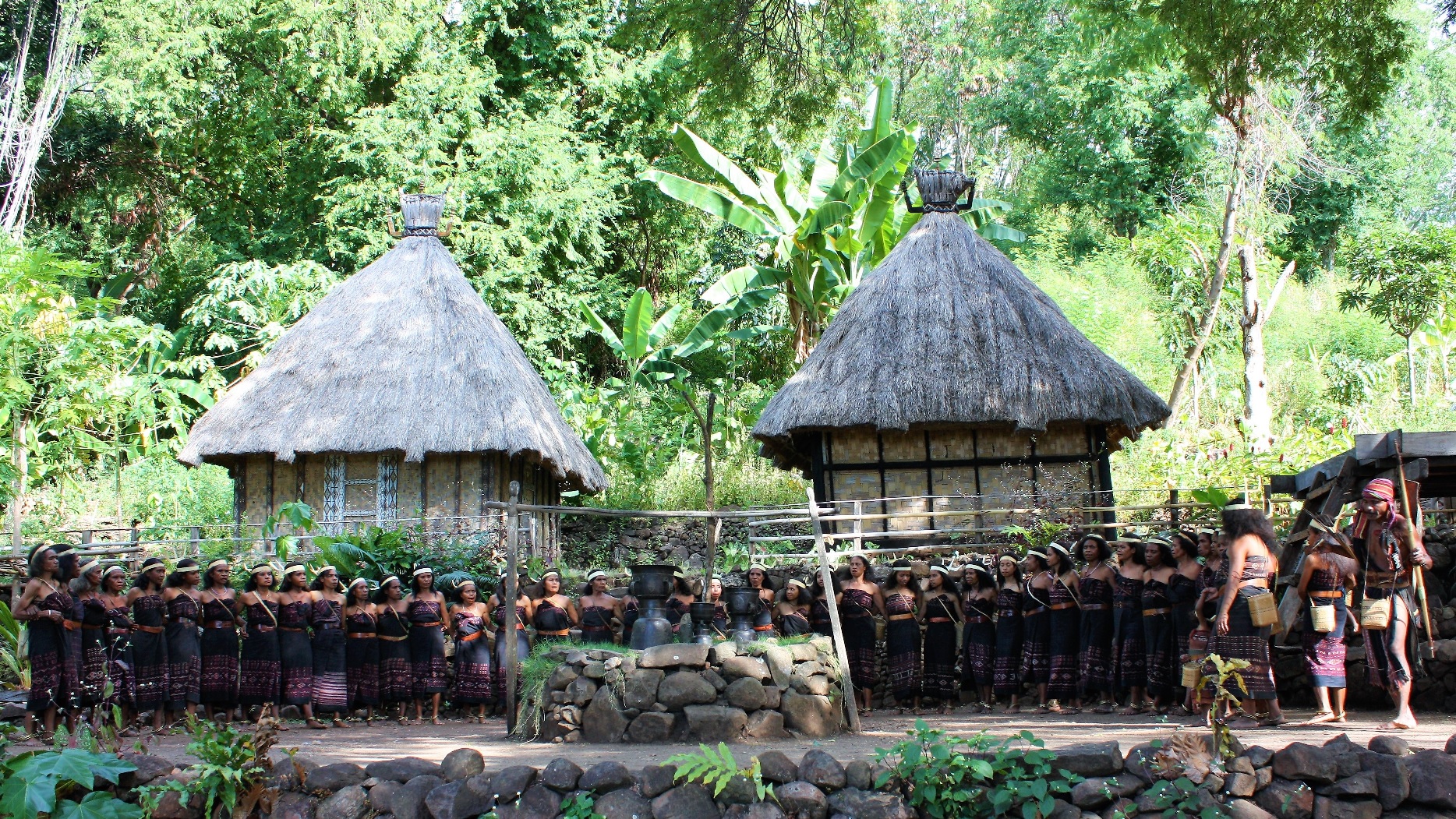Documenting environmental knowledge in Abui, a language of eastern Indonesia

Landing page image for the collection “Documenting environmental knowledge in Abui, a language of eastern Indonesia”. Click on image to access collection.
| Language | Abui (ISO639-3:abz) |
| Depositor | A.L. Blake |
| Affiliation | University of Hawaiʻi at Mānoa |
| Location | Indonesia |
| Collection ID | 0574 |
| Grant ID | IGS0347 |
| Funding Body | ELDP |
| Collection Status | Collection online |
| Landing Page Handle | http://hdl.handle.net/2196/cf88ef3d-a04d-46c4-b5b3-0f662e118624 |
Summary of the collection
These Abui language materials primarily encode information related to local- and traditional- ecological knowledge. There are also free conversations and stories selected by speakers. They were created from 2019-2020 by the principal investigator, A.L. Blake, as well as other team members.
At this stage, transcriptions and translations have been made for some of the items in this collection. Not all transcriptions and translations have been fully checked yet, so there may be some errors and omissions.
Group represented
Language information
Abui (ISO 639-3 abz) is a non-Austronesian language of the Timor-Alor-Pantar family. Although larger genetic relationships for the Timor-Alor-Pantar family have been proposed, supporting evidence for these are lacking (Robinson and Holton 2012; Holton and Robinson 2017). The Abui comprise one of the larger ethnolinguistic groups of Alor Island, East Nusa Tenggara province, Indonesia; speaker numbers are estimated at 17,000. However, there is considerable linguistic variation within the Abui territory, and more in-depth dialect comparison remains to be done (Klamer 2017). Recently, there is rapid shift to Alor Malay, the local lingua franca, as well as to the Indonesian national language, among the younger generation.
Abui has a very typologically unusual system of morphosyntactic alignment such that S (the single argument of an intransitive verb), A (the agent of a transitive verb) and P (the patient of a transitive verb) arguments are all ‘split.’ Considered a semantic alignment system, features of the event participants such as specificity, control, volition, instigation, affectedness, individuation, change, and change of state are thought to influence free pronoun use as well as cross-indexing on the verb (Kratochvíl 2011). With paradigm sets for five different verbal prefixes for undergoers, Abui’s differential object marking is complex.
Collection contents
This collection includes over 50 hours of audio and video recordings. Approximately 35 hours of these recordings have word level transcriptions. The collection also contains 104 photographs of plants growing and at different stages of processing. The FLEx database of Abui botanical terminology has 1205 headwords; 978 of them fall under the semantic domain “1. 5 – Plant.” Of these entries, over 300 can be assigned to a scientific genus or genus and species with some confidence. Plant descriptions and uses are also detailed.
Special characteristics
This is the first documentation collection focusing on plant knowledge in a language of the Timor-Alor-Pantar family. The elicited data include free lists and pile sorts, which are rarely made available as primary data.
Collection history
Data collection took place during June 2019 – January 2020. Data processing included video, audio, and photograph editing; entering data in FLEx; transcribing and translating; and identifying plants. Processing the data began in June 2019 and continued through the project end in January 2022.
Acknowledgement and citation
This project, in creating a record of traditional ecological knowledge, makes explicit the Abui people’s assumed claim to their intellectual property. Any data regarding biodiversity-related knowledge collected as a part of this project are the speakers’ own intellectual contributions, to be used only with their permission. If another party wishes to use Abui knowledge for development of medicinal, agricultural, or other technologies, the Abui themselves should be a party of any contractual agreement. Users of any part of the collection should acknowledge A.L. Blake as the principal investigator. Users should also acknowledge the Endangered Languages Documentation Programme as the funder of the project. For each bundle, users should acknowledge the speakers, transcribers, and other contributors as listed in the metadata.
To refer to any data from the collection, please cite as follows: Blake, A.L. 2018. Documenting environmental knowledge in Abui, a language of eastern Indonesia. Endangered Languages Archive. Handle: http://hdl.handle.net/2196/00-0000-0000-0013-092C-2. Accessed on [insert date here].


